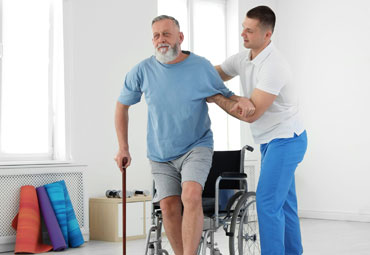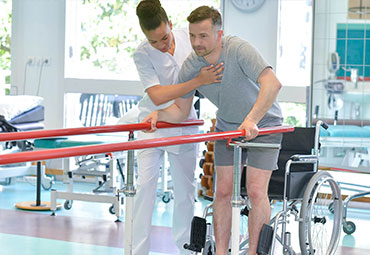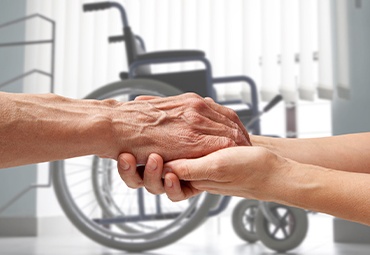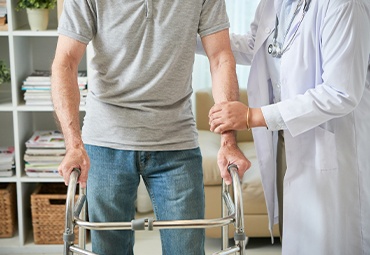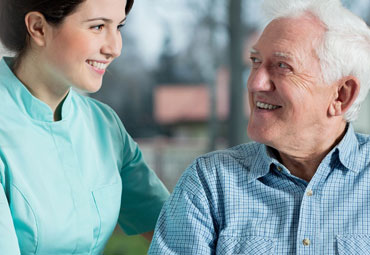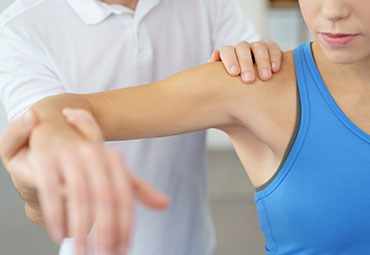What is Paralysis?
Paralysis is the loss of muscle function in part of your body. When something goes wrong with the way messages pass between your brain and muscles, you are unable to move a part of your body, called as paralysis attack. Paralysis can be complete or partial. It can also occur in just one area, or it can be widespread.
What are the symptoms of paralysis?
Paralysis symptoms can occur anywhere in the body. To begin with it can cause clumsiness due to loss of muscle control, drooling, numbness in body parts, changes in mood and cognitive difficulties.
Paralysis can be classified in 4 types, based on what body part is affected:
- Paralysis that impacts only one limb (an arm or a leg) of your body is called monoplegia.
- Paralysis of the lower half of your body, including both legs, is called paraplegia.
- Paralysis of one side of your body (left sided or right sided) is called hemiplegia.
- Paralysis of the arms and legs is quadriplegia.
What are the causes of paralysis?
Most paralysis is caused due to stroke or injuries. A wider set of causes of paralysis include:
- Spinal cord injury or a broken neck
- Traumatic Brain Injury
- Nerve diseases such as amyotrophic lateral sclerosis (ALS or Lou Gehrig’s disease)
- Autoimmune diseases such as Guillain-Barre syndrome
- Bell’s palsy, which affects muscles in the face leading to Facial paralysis
How is Paralysis treated?
Recovering from paralysis can be a long journey. But you can make it. ReAble Neuro Rehabilitation team works out a care and treatment program to systematically regain lost function so you can live as independently as you can and have the best possible quality of life.
The treatment for paralysis will largely depend on what's causing the paralysis and what functions and body parts are affected. The treatment of paralysis on right side of body will vary from the one for paralysis of left side of body. Your paralysis treatment program may include paralysis physiotherapy as well as occupational therapy. A clinical nutritionist will make sure what you eat is to your taste and also supports your recovery efforts. Work closely with your Rehab team as they craft a paralysis attack treatment plan just for you. Then stick to it.
Who is involved in paralysis treatment?
ReAble’s unique approach of “Many specialties, one team” makes it the best treatment for paralysis.
For example, an occupational therapist (OT) and physical therapist (PT) will work together with a patient. The OT will focus on navigating environmental barriers safely, while the PT will focus on exercise to improve coordination, together making it a progress for the patient.
A program lead oversees all team members, keeping everyone on the team aligned and also serves as the main point of contact for the patient’s family during the course of treatment.
Reable provides you, the flexibility to choose where and how you want to continue your paralysis treatment





